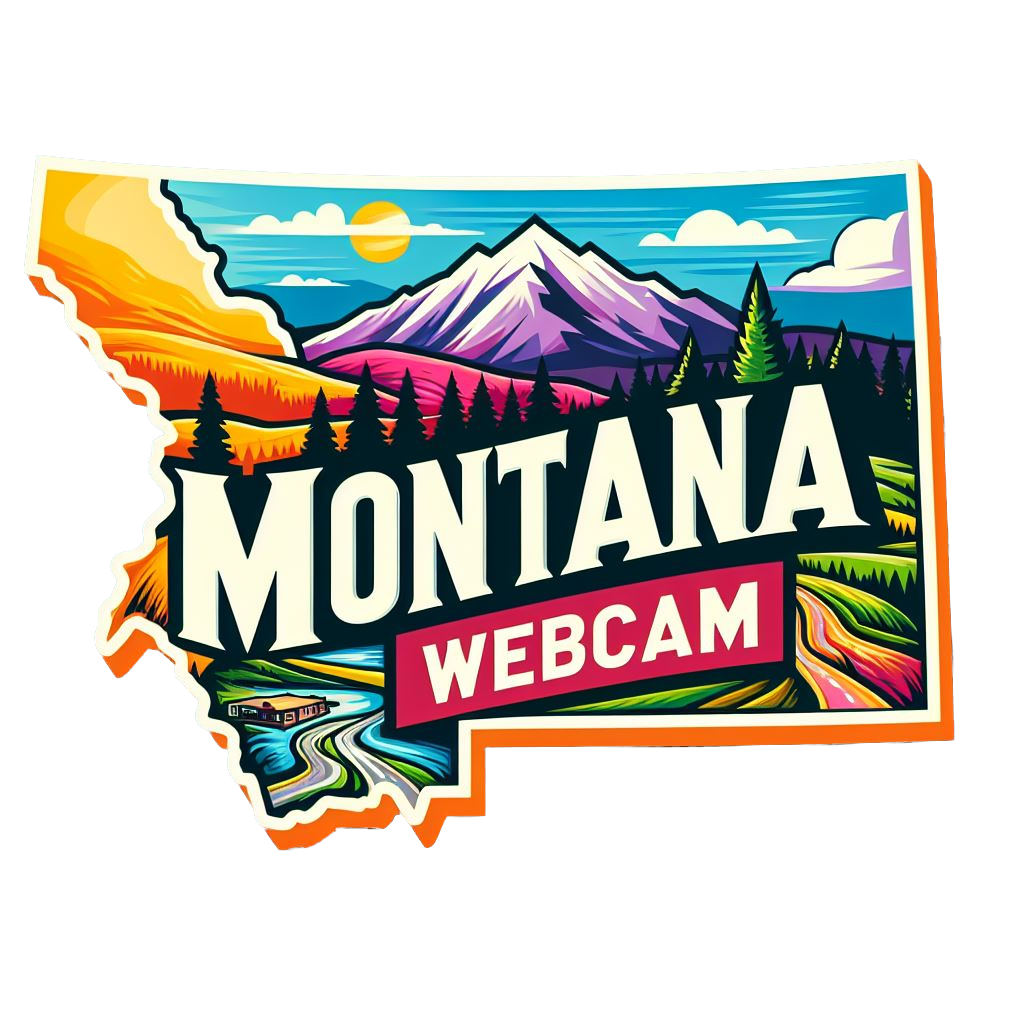Laurel, MT Weather Cams
Laurel Airport Weather Cams
Laurel, Montana: From Railroad Boomtown to Thriving Community
Laurel, MT Weather Cams. The story of Laurel, Montana, is one of resilience, growth, and adaptation. Nestled in the Yellowstone River Valley, this charming city has transformed from a humble railroad stop to a vibrant community that blends its rich history with modern development.
Long before European settlers arrived, the area now known as Laurel was home to various Native American tribes, including the Crow and Northern Cheyenne. These indigenous peoples lived off the land, hunting buffalo and gathering plants along the Yellowstone River and its tributaries.
The first significant wave of non-native settlement in the region came with the arrival of the Northern Pacific Railway in the early 1880s. As the railroad pushed westward, it established a series of small stations and water stops along its route. One such stop was initially called Riversdale, situated at the confluence of the Yellowstone River and the Clark’s Fork River.
In 1906, the railroad decided to establish a major division point at this location, which would become Laurel. The town was officially incorporated on January 14, 1908, and named after the laurel bushes that grew abundantly in the area. The arrival of the railroad marked the beginning of Laurel’s rapid growth and development.
The newly established town quickly became a hub of activity. Railroad workers, their families, and entrepreneurs flocked to Laurel, seeking opportunities in this promising frontier community. By 1908, the population had grown to about 500 people, and the town boasted several businesses, including a bank, a newspaper, and various shops.
Laurel’s strategic location at the junction of two major railroad lines – the Northern Pacific and the Great Northern – made it an important transportation center. The railroad yards became the heart of the town’s economy, providing employment and driving further growth. In 1910, the Northern Pacific built a roundhouse and machine shops in Laurel, solidifying its importance as a railroad town.
Agriculture also played a significant role in Laurel’s early development. The fertile soil of the Yellowstone Valley proved ideal for farming, and settlers began cultivating crops such as sugar beets, alfalfa, and grains. The establishment of the Great Western Sugar Company factory in 1916 further boosted the local economy and provided additional employment opportunities.
As Laurel grew, it faced its share of challenges. The town experienced several devastating fires in its early years, including a major blaze in 1912 that destroyed much of the business district. However, the community’s resilience shone through as residents quickly rebuilt, often using more fire-resistant materials like brick.
The arrival of the automobile age brought new changes to Laurel. In 1931, the Yellowstone Trail, one of America’s first transcontinental highways, was routed through the town. This development brought increased traffic and tourism, further diversifying the local economy.
World War II had a significant impact on Laurel. Many local men and women served in the armed forces, while those at home contributed to the war effort through increased agricultural production and work in defense-related industries. The war years also saw the establishment of an oil refinery near Laurel in 1943, which would become a major employer and economic driver for decades to come.
In the post-war years, Laurel continued to grow and evolve. The city expanded its infrastructure, building new schools, parks, and community facilities. The 1950s and 1960s saw the development of new residential neighborhoods as the population increased.
While the railroad’s importance began to decline in the latter half of the 20th century, Laurel adapted to changing economic realities. The city worked to attract new industries and businesses, diversifying its economy beyond its railroad roots. The oil refinery, now operated by CHS Inc., remains a significant employer in the region.
Laurel’s proximity to Billings, Montana’s largest city, has also influenced its development. As Billings has grown, Laurel has increasingly become an attractive bedroom community for those seeking a small-town atmosphere with easy access to urban amenities.
Throughout its history, Laurel has maintained a strong sense of community. Annual events like the Fourth of July celebration, which features one of the largest parades in Montana, bring residents together and attract visitors from across the region. The city has also preserved much of its historical heritage, with several buildings from the early 20th century still standing in the downtown area.
Education has long been a priority for Laurel residents. The city’s public school system, established in the early days of settlement, has grown alongside the community. Laurel High School, founded in 1908, has been a source of local pride for generations.
In recent years, Laurel has faced new challenges and opportunities. The city has worked to revitalize its downtown area, preserving historic buildings while attracting new businesses. Environmental concerns, particularly related to the nearby oil refinery and railroad operations, have also been topics of community discussion and action.
As Laurel moves into the 21st century, it continues to evolve while honoring its past. The city has invested in infrastructure improvements, including upgrades to its water treatment plant and the development of new recreational facilities. Efforts to diversify the local economy have included support for small businesses and entrepreneurs.
Today, Laurel stands as a testament to the enduring spirit of Montana and the American West. From its humble beginnings as a railroad water stop to its current status as a thriving community of over 7,000 residents, Laurel has demonstrated remarkable adaptability and resilience. As it faces the challenges of the future, Laurel remains committed to preserving its rich heritage while embracing new opportunities for growth and development.
The story of Laurel, Montana, is far from over. With its strong community bonds, diverse economy, and beautiful natural surroundings, this small city in the Yellowstone Valley continues to write new chapters in its history, building on the foundations laid by generations of hard-working and dedicated residents.
For more information, visit the official Laurel, MT website.
